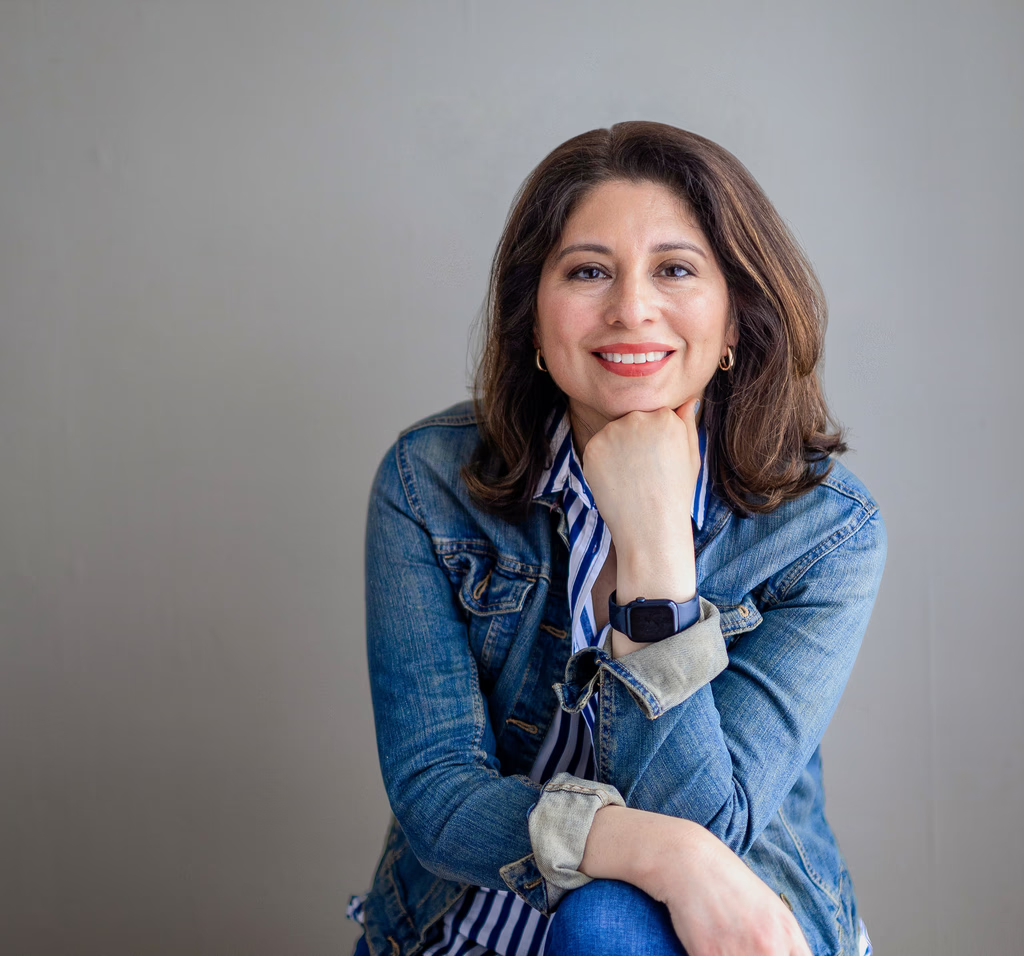A Tale of Two Drafters
With two books published since October 2021 and a third in final revisions and due out imminently, I decided to talk to friend and fellow writer Anne Mortensen about her drafting process in a kind of “tale of two drafters.” I’m very slow, meanwhile she seems to be very quick, but it turns out we’re not as different as I had originally thought.
A Little Background
Anne is an American based in London, where she’s lived for more than 30 years. She has been writing novels since 2015-16, and is the author of what will be a four-book series called The Rising World. Anne’s own imprint, Puente Press, published the first two volumes, The Truth Effect and The Arcadian Match. Each book in the series is a standalone, with some recurring characters throughout. Below I include my own answers to the questions I posed to Anne. I think it’s an interesting and useful exercise to run through, so I recommend thinking about these questions yourself.
Why Novels?
Anne: “An inspiration came…which couldn’t be contained in a short story. It needed that amount of space.”
Michele: “I’m a lifelong reader and had always wanted to try creative writing but I think I lacked the self-confidence. During the Covid era, I had time, so I enrolled in an online creative writing course. The initial idea for what I’m working on now came to me came before I started that course, during our lockdown here in Italy.”
What Genre?
Anne: “Near-future dystopian. AI tends to be a character of some kind, or it’s part of the story world.” Is it cyberpunk? Anne: “It’s not that dark.”
Michele: “Contemporary literature, but not what I would call women’s lit.”
Currently Working On:
Anne: “The third novel is out to beta readers right now.”
Michele: “First novel.”
How Long to Get a First Draft Done?
Anne: “Five or six months. I’m on my fourth draft right now and it’s been about 18 months.”
Michele: “I’m still working on a ‘first draft,’ and I started it in 2020. But I have also revised certain sections along the way, and, due to travel and work commitments, there are often long periods where it’s difficult for me to be consistent.”
Outliner or Discovery Writer?
Anne: “Both. I start off as discovery but then try to put that into an outline. The outline eventually changes — it’s a constant, evolving process. I find a strict outline can uncover a lot of interesting solutions that you hadn’t been able to see beforehand. You need to be flexible enough to incorporate those. It naturally will throw off the outline that you originally created and you have to start again. It’s very important to leave room for those flex points.”
Michele: “Discovery. But along the way I have created outlines. I think I’ve tried almost everything, at least it feels that way, from pages-long outlines to the 15-word outline described in Jon Franklin’s Writing For Story.”
What do You Use to Draft, in Terms of Tech/Programs?
Anne: “Scrivener, Mac.”
Michele: “Scrivener, PC.”
Set Schedule or Catch-as-Catch-Can?
Anne: “Monday through Friday, 9 a.m. to 1 p.m. In the afternoons I go out for a walk or to the gym. It’s important to clear your mind.”
Michele: “Catch-as-catch-can. My work schedule changes a lot from day to day, week to week, and even month to month, so I have to be flexible. I’ve tried for years to stick to a certain routine, namely writing in the mornings, but I realized recently that it just doesn’t work for me. My energy levels ebb and flow and I just try to go with it. As I said last month, I always get away from screens at 9 p.m., since I have so many problems with insomnia.”
So…Are You an Early Bird or a Night Owl?
Anne: “Morning person. Writing is an extension of the dream world, and I like to stay in that energy when I’m drafting.”
Michele: “Early bird, but I rarely get up and start writing. I prefer to get up and read first.”
Coffee or Tea?
Anne: “Coffee. I need my coffee.”
Michele: “Coffee (instant), black tea, green tea, in that order. No sugar.”
Do You Use Pomodoro or Writing Sprint Timers?
Anne: “I should but I don’t. Usually, the writing just takes over.”
Michele: “I have used sprint timers in the past but I don’t anymore. Sometimes I use Pomodoro timers, but if I really get going on something, I prefer to stick to it. I don’t like interrupting myself when things are going well.”
Music While You’re Writing or No Music?
Anne: “No music.”
Michele: “Music, but usually nothing too intrusive. I would normally stick with instrumental jazz or ambient music. I love rock ‘n’ roll, but I can’t listen to anything too energetic while I’m trying to concentrate, although it’s easier when I’m working on my blog. Right this minute I’m listening to new Giant.”
When You Sit Down to Write, Do You Have a Plan for the Day’s Session?
Anne: “Seven out of 10 times I will know what needs work that day. It deviates when I haven’t finished something the day before and if there’s a moment in the story when I’m kind of stuck and I haven’t found a solution, which can take anywhere from seven to 10 days, then that’s when I work on a different section. There’s always something to do.”
Michele: “Usually no clue. I open my draft and it’s where I left off the last time I worked on it, but that could be at any point in the story. Right now I’m just trying to get the words down that will finish out my story, so I can start revising it as a whole manuscript.”
Do You Ever Print Out Pages to Work On, or are you Strictly Screen?
Anne: “It really does read differently depending on your medium. Sometimes I’ll print out some pages, work on them, and then go back to the screen.”
Michele: “I do. I’m looking forward to having an entire draft to compile, print out, and look at as one stack of pages.”
How About Drafting By Hand?
Anne: “No, never.”
Michele: “Yes. I enjoy writing by hand, even though the reality is that it’s easier to open up Scrivener and work there. But if I’m working on revisions or it’s a new scene that I haven’t started in Scrivener, sometimes I’ll write by hand.”
Can You Draft in Short Bursts or in Odd Places (like moving cars, appointment waiting rooms, etc.)?
Anne: “Absolutely yes. Often ideas will come where and when you least expect them.”
Michele: “Not really. I can sit down and journal for 15 minutes at a time, and often do, but so far I’ve never really tried to work on my draft when I only have 15-20 minutes. Maybe it’ll be different when I’m revising. That’s a hard no on writing while I’m in a moving vehicle.”
More Than One Project or Only One At a Time?
Anne: “Only one. I’ve tried working on other, shorter projects but never with the aim of publishing them, more just to condition the mind. I find sustaining another project to completion impossible, even if it’s just a photography project. One project has all of my attention.”
Michele: “I do all kinds of stuff, all the time. Depending on my work schedule, I might have to teach a lot of classes, prepare exams, grade writing assignments, and so on, and all of those things kind of ‘crowd’ my mental space, and that has an effect. In terms of writing, I work on this blog, including the website maintenance, which takes more time than you might think. I also journal and do various creative writing exercises as the mood strikes. I also occasionally participate in a creative writing class, and that usually involves doing various exercises and a lot of reading.”
Do You Read While You’re Working on a Project?
Anne: “Only very select writers like [F. Scott] Fitzgerald or George Orwell. One of the masters will be somewhere in the background, and I just dip in and out. I primarily reread old favorites.”
Michele: “I read multiple books and genres every day. I’m always juggling, just like with my projects. Besides Doorstoppers Epic Reads, I also moderate a private online book club and I also belong to two or three other book clubs. When I don’t have time to read, I get stressed out, so it’s important for me to make time for it.”
Influences/Writers You Admire?
Anne: “I like Robert Harris. I like how he puts his sentences together.”
Michele: “There are so many. One of my favorite writers is Colson Whitehead. I love his clear style. Cormac McCarthy, Elif Shafak, Margaret Atwood, and N. K. Jemisin. Pat Conroy. I love how Charles Dickens and Larry McMurtry were able to give you an entire picture of a character in a matter of a couple of sentences. But, really, there are just so many.”
Do You Feel Like Your Author Voice Has Changed?
Anne: “Yes. My voice is much more clear in this one [the third novel], or developed in a slightly different way compared to the first two.”
Michele: “No clue what my author voice is yet, but I can tell that I’m writing better now compared to a few years ago.”
How Would You Describe Your Style? Plot-based, character-driven? Sparse, flowery, etc.?
Anne: “Plot-driven, action-oriented with plenty of introspection and fast-paced scenes. Speculative fiction with a dystopian edge. I have to be careful not to get literary or flowery or too poetic because it doesn’t suit plot-based science fiction well. Overall, the style has been described as blending cinematic tension with introspective depth.”
Michele: “I’m aiming for a mix of plot-based and character-driven, although I prefer reading more character-driven novels. I don’t know enough yet to be able to describe my style. Right now I’ll be happy with coherent.”
Do You Keep a Journal?
Anne: “Yes, it’s a must. I use an A5 one to keep notes in, extra ideas or connections I make for the story. It also holds the background research, sketches or snippets of ideas. It’s a supplement to the main book. Then I have another working notebook (A4 size) that I use for workshopping techniques. So, if I’m reading a book, and I like a technique, I’ll make a note and see if it can be tailored to my WIP.”
Michele: “Yes. And I’m going to talk about journaling more in next month’s post.”
Upcoming Projects?
Anne: “I’ll get to work on the final book in the series in early 2026. It’ll take at least a year but one never knows!”
Michele: “Getting a complete draft finished, compiled, printed and into a box I can carry around with me this summer so I can work on it and not be computer-dependent. I want to see how it reads off the screen.”
Your Advice to Someone Interested in Writing a Novel
Anne: “Don’t give up on your work, your skills, or the craft. Yes, it’s very demanding but it’s worth it when you finally write the end.“
Michele: “Be kind to yourself and go with the flow.”
Michael Bible on Drafting
If you read my post last month, you’ll know that I listened to an extremely enjoyable conversation with writer Michael Bible at the Salone del Libro, where he was talking about his latest novel, Little Lazarus. One of the most interesting things he said was about how he drafts. When he thinks he has a story idea, he starts talking to his wife and friends about it. If it seems like it might be something that interests everyone, he sits down with a notebook and tries to just get the story out by hand. After he’s done that, he throws the notebook away, sits in front of the computer, and just types up what he can remember. Fascinating!!
What’s Your Drafting Style?
As you can see, we’re not as different as I had originally thought. We also have different experience levels, different resources at our disposal, and so on. But we both love writing. What’s your drafting style? Are you a planner, a pantser, a plantser? Discovery writer? Outline or die? What works best for you? Let me know in the comments below.
Pulling at Threads is my occasional newsletter. It always accompanies my blog posts. If you want more of an “insider’s” view on what’s happening in my reading and writing life (or just to get notified of the latest post), you can sign up here.


